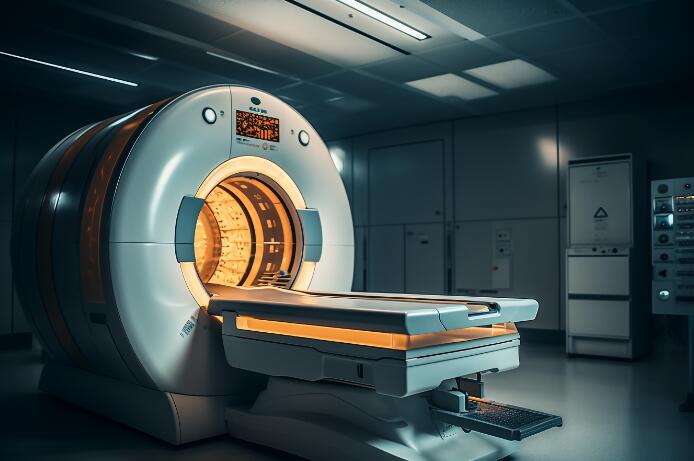Stanford Hospital Introduces AI-Powered ChatEHR for Doctors
Stanford Hospital Revolutionizes Medical Records with AI
Stanford Health Care has implemented ChatEHR, a groundbreaking artificial intelligence tool that allows physicians to access patient medical records through natural language queries - similar to interacting with ChatGPT. This innovation aims to streamline emergency room workflows, simplify referral summaries, and organize complex medical data.

Image source note: The image is AI-generated, provided by the AI image generation service Midjourney
Transforming Clinical Efficiency
Michael A. Feffer, Senior Vice President and Chief Information and Digital Officer at Stanford Health Care, revealed during VB Transform that preliminary results demonstrate remarkable improvements:
- 40% reduction in time required for emergency department chart reviews during critical patient handoffs
- Significant acceleration of information retrieval for clinical staff
- Enhanced quality of patient care through reduced physician workload
"Our goal is to optimize workflows and reclaim work hours so healthcare professionals can focus on what matters most - their patients," Feffer stated.
Addressing Healthcare's Administrative Burden
The healthcare industry currently sees physicians spending up to 60% of their time on administrative tasks, leading to widespread burnout. ChatEHR addresses this through:
- Automated drafting of responses to patient portal inquiries (with physician review)
- Reduction of cognitive fatigue through AI-assisted documentation
- More patient-friendly communication channels enabled by natural language processing
Future Developments in Medical AI
Stanford plans to expand ChatEHR's capabilities with:
- Intelligent agents for generating medical summaries and timelines
- Clinical review recommendations
- Enhanced coordination for complex treatments like cancer care requiring multidisciplinary teams
The hospital previously implemented SecureGPT, offering staff access to 15 different AI models through a secure portal. This reflects Stanford's diversified approach combining proprietary development with vetted external solutions.
Collaborative Innovation at Stanford
The success of these initiatives stems from collaboration across specialized teams including:
- Chief Data Scientists
- Medical Information Officers
- Nursing Information Officers
- Digital Transformation leaders
"Through this technology," Feffer noted, "we're empowering everyone at Stanford to use AI for solving real-world healthcare challenges."
Key Points:
✅ 40% faster chart reviews during critical patient handoffs
✅ AI-drafted responses reduce physician cognitive load
✅ Multidisciplinary collaboration drives successful implementation
✅ Future enhancements will include automated summaries and treatment recommendations